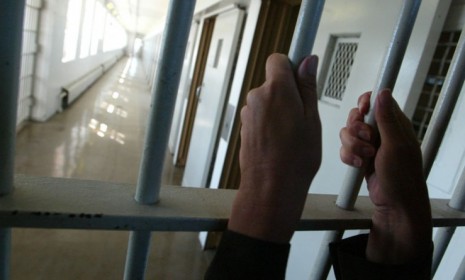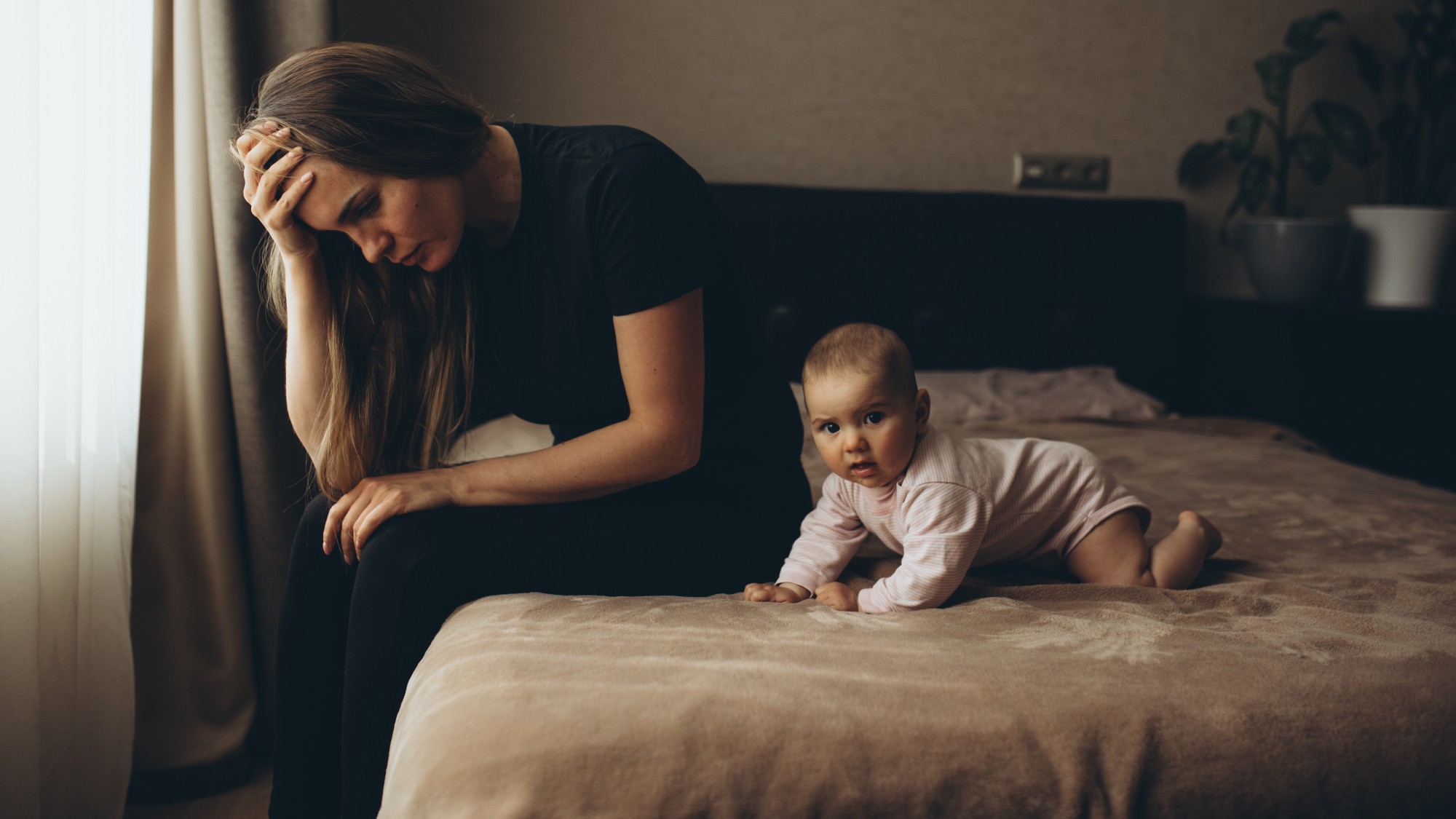Is eyewitness testimony too unreliable to trust?
Courts are reconsidering the value of eyewitness testimony, which has put many innocent people in jail

Are eyewitnesses reliable?
They are mistaken far more often than people think. Every year, more than 75,000 eyewitnesses identify criminal suspects in the U.S., and studies suggest that as many as a third of them are wrong. Mistaken eyewitnesses helped convict three quarters of the 273 people who have been freed from U.S. prisons on DNA evidence presented by the Innocence Project, a nonprofit legal organization that challenges dubious prosecutions. After a comprehensive two-year study of eyewitness testimony, the New Jersey Supreme Court concluded that it often leads to false identifications, and recently ordered new rules on how such testimony is treated in the courtroom. Other states are moving in the same direction, and this week, the U.S. Supreme Court will hear a case that may result in the first federal clarification on the use of eyewitnesses in 34 years.
Why are so many eyewitnesses mistaken?
The Week
Escape your echo chamber. Get the facts behind the news, plus analysis from multiple perspectives.

Sign up for The Week's Free Newsletters
From our morning news briefing to a weekly Good News Newsletter, get the best of The Week delivered directly to your inbox.
From our morning news briefing to a weekly Good News Newsletter, get the best of The Week delivered directly to your inbox.
Human memory is fragile and malleable. More than 2,000 studies on eyewitnesses in recent decades have determined that recollections are prone to decay, distortion, and suggestion. Honest, well-meaning people often simply misremember or misreport what they have seen. In one 1974 experiment, for example, more than two thousand people were shown a 13-second video clip of a mugging, followed by a six-man lineup. Just 14 percent of viewers correctly identified the perpetrator — a success rate lower than that of random guessing. In a 1999 study, 150 college students watched videos of a shooting and then of a five-man lineup. Every one of them identified a suspect, even though the culprit was not pictured. Factors such as fear, poor lighting, the presence of a weapon during a crime, and the passage of time have all been shown to cause mistakes in identifications — even when the witness is the victim of the crime. Witnesses are particularly inaccurate, studies show, when asked to remember the facial features of someone of a different race.
Then why are eyewitnesses so often used in court?
They always have been, from biblical times to the present. "There is almost nothing more convincing," U.S. Supreme Court Justice William J. Brennan Jr. wrote in 1981, "than a live human being who takes the stand, points a finger at the defendant, and says, 'That's the one!'" The problem is that our justice system hasn't adapted to what modern forensic science has established about memory's failings. Judges and juries tend to give too much credence to eyewitnesses, particularly those who appear confident of their memories and are seen as having little motive to lie. "The legal system is set up to kind of sort between liars and truth tellers," says Gary Wells, a psychology professor at Iowa State University. "But when someone is genuinely mistaken, the legal system doesn't really know how to deal with that."
What role do the police play?
A free daily email with the biggest news stories of the day – and the best features from TheWeek.com
Deliberately or through sloppiness, police often contribute to erroneous identifications. The New Jersey Supreme Court's recent ruling stemmed from a 2004 case in which an eyewitness admitted to being "nudged" by a detective to identify the defendant. But more subtle suggestions matter, too. If the person running a traditional police lineup knows whom fellow cops suspect of committing the crime, for example, he may provide inadvertent cues to the witness — a glance, a nod, subtle praise. A recognition of this problem has prompted New Jersey, North Carolina, and several U.S. cities to change their lineup procedures, and 10 other states are now considering changes.
What weight do courts give eyewitness testimony?
Quite a lot. Most states and the federal courts abide by a 1977 U.S. Supreme Court decision, Manson v. Brathwaite, which upheld a suspect's conviction even though the police officer who identified him was not shown photos of any other suspects. Under what has become known as the "Manson test," a witness's reliability can be taken into account in the courtroom, but his confidence in his memory is considered an indication that he can be trusted. Studies have shown, however, that a confident witness isn't necessarily a correct one. In its recent ruling, the New Jersey Supreme Court set out specific factors — including lighting and how long the witness was able to look at a suspect — to determine whether testimony is admissible. Defendants will be given more opportunities to challenge identifications, and judges will be required to hold pretrial hearings on those challenges. Finally, juries will be given detailed instructions about the fallibility of witnesses' memories.
Does everyone agree?
No. Telling jurors that victims may be mistaken will only "further validate the current victim-blaming culture," says Stacy Malone, executive director of the Victim Rights Law Center. And some argue that evaluating eyewitness testimony with more complex procedures will further slow trials in already overextended courts. But reformers say the justice system has to reflect evolving standards of evidence. "There's critical mass concerning eyewitness reform," says Barry Scheck of the Innocence Project. "The science dictates it has to change."
The 'rapist' who wasn't
When a man broke into Jennifer Thompson's apartment in 1984 and raped her, the 22-year-old college student made a point of studying his face so she could later identify him. When she picked Ronald Cotton out of both a photo and a physical lineup, she was dead sure she'd found her attacker, and the jury took just 40 minutes to find him guilty. In prison, Cotton met an inmate who bragged that he'd committed the rape. At a new trial, Thompson looked at the two men and again chose Cotton. "I have never seen" the other man, she said. Nearly a decade later, DNA proved the other inmate had been her rapist. Because Cotton was the only person who appeared in both lineups presented to Thompson, she may have unconsciously settled on him as her attacker. She didn't recognize the real rapist in court because she'd "been picking [Cotton] all along," says memory expert Elizabeth Loftus. After more than a decade in prison, Cotton was exonerated. He and Thompson, now friends, travel the country lobbying for reformed identification procedures.
-
 ‘Care fractures after birth’
‘Care fractures after birth’instant opinion Opinion, comment and editorials of the day
-
 Shots fired in the US-EU war over digital censorship
Shots fired in the US-EU war over digital censorshipIN THE SPOTLIGHT The Trump administration risks opening a dangerous new front in the battle of real-world consequences for online action
-
 What will the US economy look like in 2026?
What will the US economy look like in 2026?Today’s Big Question Wall Street is bullish, but uncertain